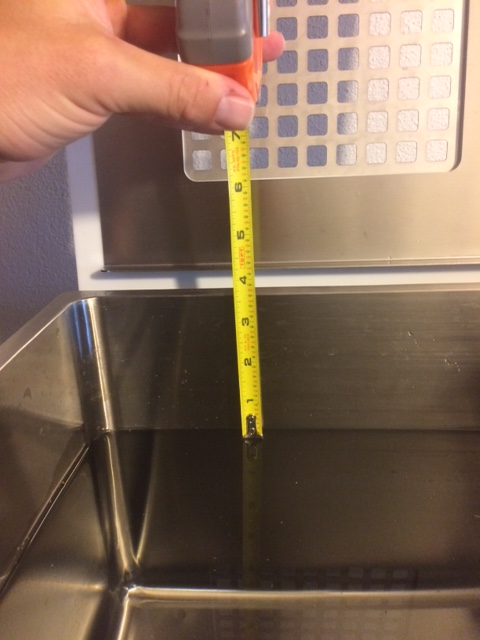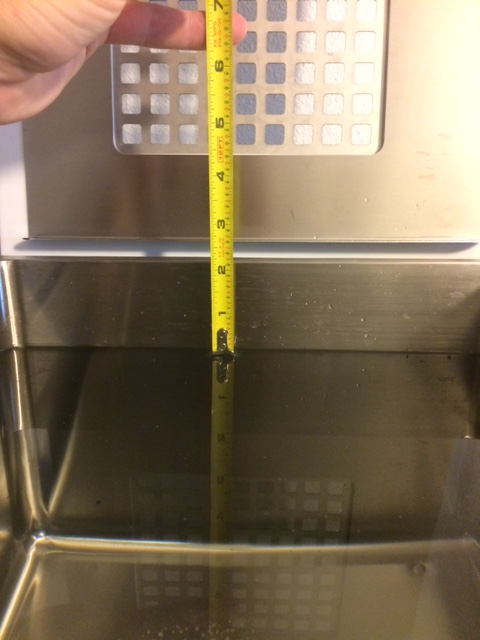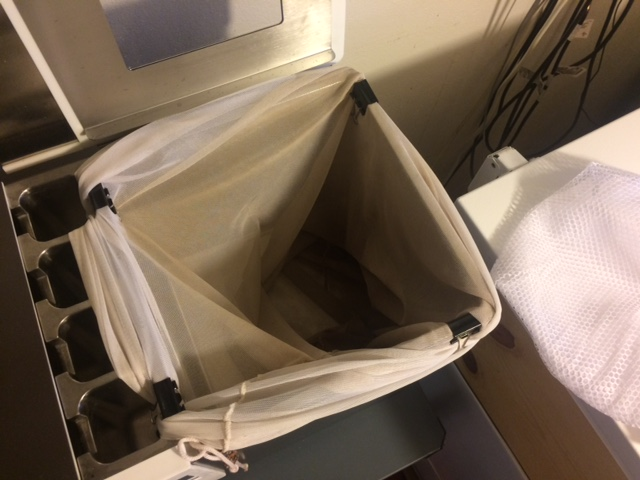I posted here back in May 2017 (post
#756) as I was on the fence then about buying a Brewie. With all the problems reported I held off but subsequently pulled the trigger in March 2018 when the Brewie+ was announced.
6 ½ months later (!!!) my pre-ordered Brewie+ finally arrived and I put it through a mock water-only and a real brew since.
Since I have gotten a lot of information from this thread, I want to report back, the good AND the bad from what I experienced so far with future reports to come, so others can benefit as well.
I set up the instrument with automatic water inlet but no automatic cooling. I have a very efficient cooling system with 32F inlet water and a plate chiller where the used water is captured again for the next brew. Since Brewie’s automatic chilling wastes a lot of water, I decided to stick with my system.
Upon first setup, Brewie connected to my Wifi with no issues. It then initiated a software update and got stuck. I had to pull the plug (power button was not working) and it re-did the software update and succeeded this time. Calibration was easy and succeeded on the first try. With all the problem stories on this thread, I decided to play it safe and run a mock brew with water only first. This was a good thing as I blew the breaker multiple times in my garage and found that I needed to use another circuit. The machine resumed the interrupted “brew” at the correct position every time though. I ended up with only 4.25 g of “wort” but didn’t read too much into it, since this was a mock brew and I told the machine that there were 12 lbs of grains in it, which was a lie.
Yesterday I did my first real brew on it, a German-style Pilsner. In anticipation of low efficiency, I adjusted my recipe a bit, programmed a 52C-62C-72C step mash with a 78C sparge, loaded up the hops and the grains and hit the Brew button. After only 5 minutes, the machine had filled with water at that point, I got an error message that no inlet water hose was connected. This one is likely on me, as the irrigation sprinklers were also running, which cause a significant drop in water pressure. I will keep an eye on it and report back, if this is an ongoing issue. With the sprinklers turned off, the machine resumed and performed flawlessly.
I only ended up with 4.4 gallons off wort with an OG of 1.053. 12 lbs of fermentables were used. That is an efficiency of around 56%. I did open the bag and stirred the grain on mash-in to break apart dough balls, after that I pretty much left it alone. I think next time, I will manually add about ½ gallon of water after the machine has filled to make up for the low final wort volume. There was enough space in the boiling tank so it shouldn’t cause an overflow.
I will report back how the beer turned out, I make this Pilsner recipe a lot and can therefore compare to previous brews. As for my fermentation setup, I have two SS Brewing Chronicals with their glycol chilling system.
I don’t want to make this post any longer, so if you have any specific questions, please just ask.

























































![Craft A Brew - Safale BE-256 Yeast - Fermentis - Belgian Ale Dry Yeast - For Belgian & Strong Ales - Ingredients for Home Brewing - Beer Making Supplies - [3 Pack]](https://m.media-amazon.com/images/I/51bcKEwQmWL._SL500_.jpg)








